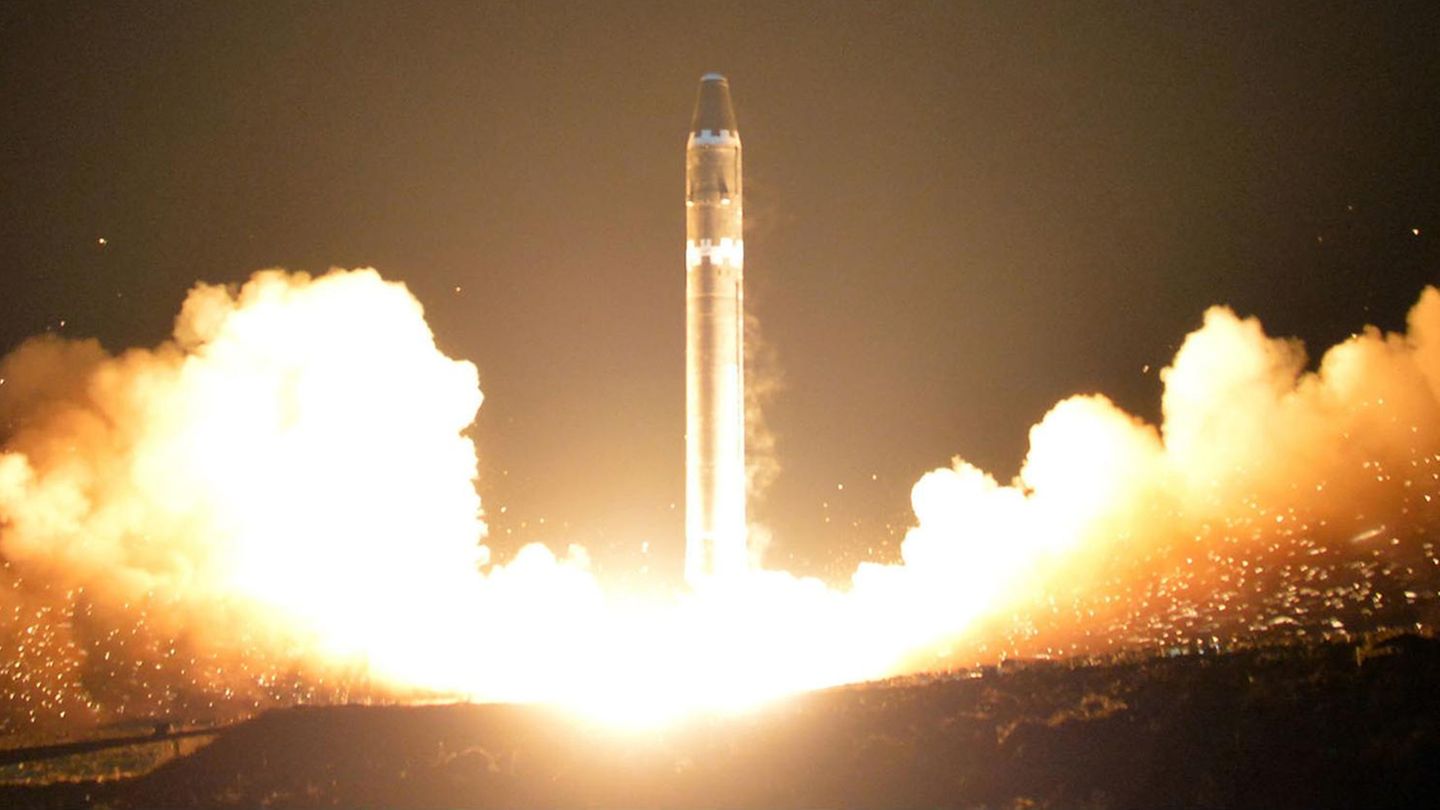The Association of Workers and Employees of Conaprole (AOEC) reached an agreement with the company and ceased the forceful measures that it had been carrying out since Tuesday to move to a new negotiation instance.
After several days of union conflict, the Association of Workers and Employees of Conaprole (AOEC) reached an agreement with the company and lifted the measures of force that they had been carrying out in the plant villa rodriguezso the operations were normalized.
The content you want to access is exclusive to subscribers.
Through a statement, the union announced the cessation of union measures arranged since last Tuesday, from the rejection of the rescheduling of work shifts from the implementation of new packaging machines by Conaprole.


In the document, the AOEC affirms that the progress in the negotiations came together in the creation of a tripartite environment from next Monday, April 24, which will last 72 business hours and where workers will have the option, from Friday to Wednesday, April 26, of not losing their wages for those days, either enjoying the days as annual leave ; opting to work in another sector of the plant, or not working those days and replacing the hours later.
Why did the conflict originate?
The union conflict began after Conaprole invested in the Rodríguez plant and incorporated new packaging machines, with a capacity of 15,000 liters per hour. This led the company to raise a rescheduling of shifts and forms of worksomething to which the union was opposed, as they considered that the changes were made without prior negotiation.
Faced with this, they initiated forceful measures that were maintained until yesterday, when both parties managed to reach a certain point of agreement.
The concern of the tamberos
The strike at Conaprole also set off the alarm among the dairy farmerswho demanded —before the agreement between the company and the union was known— that the union measures cease due to the negative effect they were having on a sector already hit hard by the drought.
The main problem in the tambos was the delay in receiving milkin which the Rodríguez plant is fundamental insofar as the one with higher absorption capacity by the time of the year; especially after some plants closed due to low production and all operations were focused on the establishment that was the protagonist of the conflict.
“There were up to 45 tanker trucks waiting to unload at the plant and these waits delay the hours of the dairy,” he explained, at the time, Justin Zavala, director of the Association of Tamberos de Canelones and sender to Conaprole. The big problem is that “the cistern cannot be the udders of the cows, because then come all the problems of udder inflammation, health and even having to discard cows. What happens is that the dairyman starts milking and there comes a time when the tank is full and overflows, then he spills milk ”, he added.
The context was more serious if one took into account the difficult moment the sector is going through, with a debt due to the drought estimated at 100 million dollars due to the National Milk Institute (Inale).
Source: Ambito




